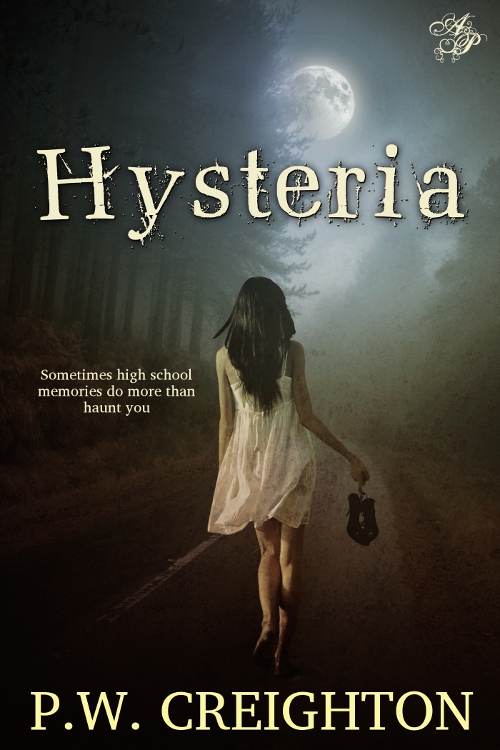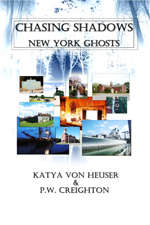Paranormal Videography
 Monday, June 25, 2012 at 12:52PM
Monday, June 25, 2012 at 12:52PM 
Many people are drawn into ghost hunting and paranormal researach by the numerous shows that flood the air these days but even more people fail at the basics of documentation especially when it comes to footage.
Countless amateur investigators are interested because it gives them a chance to be on adventure, others want to understand and still more want to be their own star. Sure it is all well-and-good to help a home owner understand what's going on in their home but for the few investigators that are documentarians at heart, an investigation is a chance to preserve history. Many stories, accounts and legends have never been recorded and just as frequently historic sites have never had their history documented on video.
Paranormal Investigating, ghost hunting, especially at historic sites is the perfect chance for a budding videographer to preserve history and get in some quality video work under rather 'unusual' circumstances.
What is a Paranormal Videographer?
A Paranormal Videographer is your team's dedicated camera man (or woman). Everyone that carries a camcorder should have a working knowledge of the camera and basic videography techniques. It is paramount for EVERYONE who pick up a camera to know basic videography.
Videography Basics
- Know Your Camera - This is the fundamental for everyone who picks up a camera. The more sophisticated the camera, the more you'll need to know about it's proper operation. [The User Manual is Not 'Optional' Reading]
- When filming keep the 5 Deadly sins of film-making in check.
- Do not 'Firehose' your shots. Use your eyes to see where you want to pan the camera to and then smoothly pan the camera in that direction.
- Avoid 'Jog' in your shots as much as possible. Try to keep the camera as smooth and level as possible even when moving to prevent 'Blair Witch-like' videos. Use shoulder mounts, support grips and harnesses to keep footage clean and professional.
- Watch your lighting, avoid back-lighting subjects. Adjust your perspective so that your subject is well lit.
- When filming people avoid giving no lead or nose room in your shots. Make sure your subject is properly framed within the shot.
- Frame subjects appropriately, avoid cutting off chins.
- Know what lighting you need and how it affects your shots. Too much light and you'll have artifacting on your lens. Too little and your processor will cause moire and artifacting.
- Sound can be the hardest thing to control when shooting but it can also be the strongest piece of your shot.
Lighting
When shooting in low lighting conditions it is necessary to manipulate environmental lighting or create artificial light. Most cameras can only process a given scene with a specific minimum requirement. Other cameras that are modified for infrared or night vision still require a lighting source to meet the minimum requirements for imaging.
Artificial sources include: lamps, typically on-board lights that are built into the camera; spot lamps, lights that are usually attached that project a focused beam in a direction; and finally floodlights, accessory lights that give diffuse lighting to a general direction.
There are two types of light source today; the halogen that produces warm light; and LED that produces a cold white light.
For Night Vision camcorders these elements still hold true however the light that is produced is created with infrared light.
For More on Accessories [WATCH...]
Audio
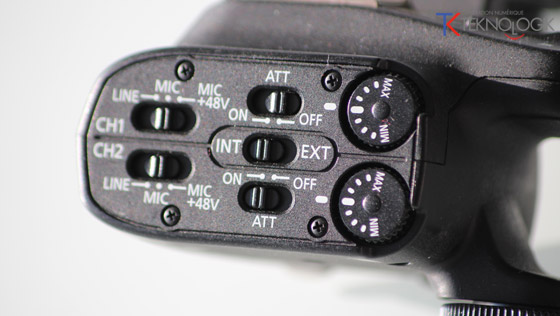 One of the strongest elements and most difficult to perfect is audio. As any videographer can tell you, developing audio and perfecting audio are almost impossible while in the field. The best practice, as with any part of videography is to practice redundancy.
One of the strongest elements and most difficult to perfect is audio. As any videographer can tell you, developing audio and perfecting audio are almost impossible while in the field. The best practice, as with any part of videography is to practice redundancy.
In the field audio can be obtained through one of three means, onboard, inline and external sources.
All cameras have built-in or onboard microphones to record audio the problem is that most of these, regardless of the quality of camera, are still insufficient for most purposes.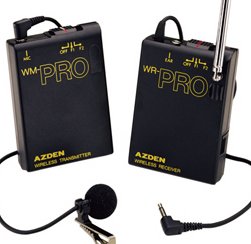 Onboard microphones tend to pick up the internal workings of the camera.
Onboard microphones tend to pick up the internal workings of the camera.
Higher-quality cameras allow for the use of inline microphones. These include shotgun microphones and wireless microphone packs. These often rely on XLR inputs and phantom power so that there is little loss in quality of the audio.
External audio relies on audio recording sources that are separate from the camera and is only functional for post-production purposes.
The best way to obtain usable audio in the field is to monitor your levels. This means on cameras that support it, you can listen to the audio as it is being recorded and watch the channels on the camera for clipping. Even the Mitsuba HDC 505 allows you to listen to your audio as you're recording. [Read...]
As a paranormal videographer, monitoring audio can be the most productive time while in the field because not only can your camera indicate if you received an EVP but also depending on the model it could also indicate the direction that the EVP came from in the field.
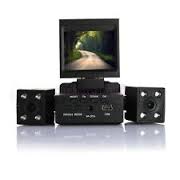 Videography in the Field
Videography in the Field
When you're in the field on a paranormal investigation it is important to note that the videographer is not present to capture evidence but record the witness accounts and document the investigation of the site.
To produce the best possible video for an investigation it is necessary to keep the camera stable through the use of tripod or support brackets like shoulder mounts. Not only to these help keep the picture steady but also alleviate the fatigue that comes with carrying the camera for hours.
In video post-production remember that the more you edit the footage, the more you adjust it to make it 'look better,' the more questionable the footage will be to the rest of the world. This is why it is better to produce the best footage in-the field and skip the post edits.




